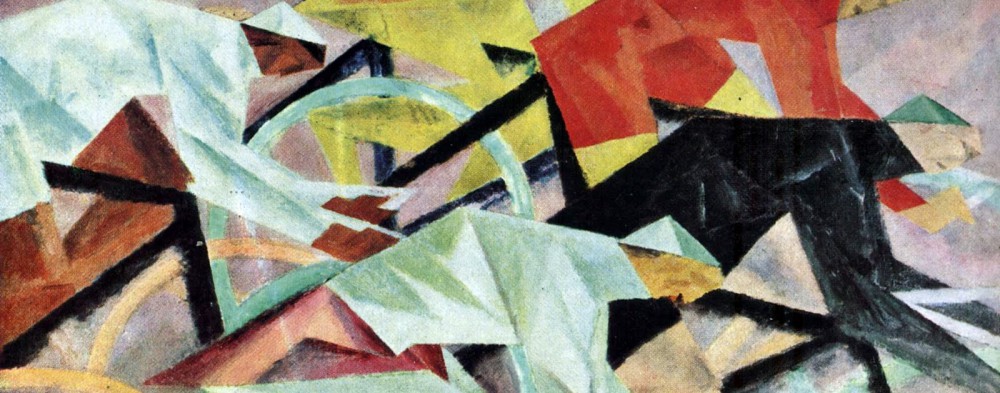The US Fish and Wildlife Service plans to slaughter 36,000 Barred Owls in California, Washington, and Oregon, according to a story in the Washington Post last Friday. Why? Because this “invasive” species (they migrated from the eastern United States on their own 70 years ago) is threatening the Spotted Owl.
You may recall the Northern Spotted Owl. It lives in a limited territory among the big timber of the Pacific Northwest, as well as in scattered mountainous regions all the way down into Mexico. It was put on the Endangered Species list in 1990, and subsequently became a topic of political controversy. The owl’s protection in its habitat inconveniences the logging industry, and George H. W. Bush castigated Bill Clinton’s pro-environment stand by famously saying that if the tree-huggers had their way “we’d be up to our necks in spotted owls and every American [would be] out of work.” How cruel to insult the species by including it in such ludicrous political blather.
Now, however, the U. S. Fish and Wildlife Service [never understood this—fish isn’t a kind of wildlife?] is embarking on something even more egregious under the rubric of saving an endangered species. It is going to experiment on an Indian Reservation in the Spotted Owl’s territory to see if killing off a more successful competitor, the Barred Owl, will make the Spotted Owl population more robust.
Here’s how: digitally recorded calls lure the Barred Owls, and people kill them with shotguns. The term they use instead of “kill” is “remove”! The entire program will cost us taxpayers $35M, about $1000 per “removal.” And they don’t even know if it will work.
So the Barred Owl, who bravely migrated across the prairies of Manitoba, Saskatchewan,
and Alberta, and whose only crime is that it is more assertive than the Spotted Owl, is to be victimized by government officials in the name of social engineering. What ever happened to the concept of the “survival of the fittest”? Is the function of a federal government agency to micromanage evolutionary processes in favor of the less able? Darwin and Spencer must be spinning in their graves. It’s one thing to manage wildlife when humans have radically altered environments so that heretofore robust species have faltered. But that’s not the case here. The analogy to postwar American foreign policy, in which we have practiced the micromanaging of existing communities in the name of “nation building” with a blind eye to the inevitability of larger socio-political processes and forces, suggests itself. But I wonder why so many Barred Owls have to die to attain the Fish and Wildlife Service’s arbitrary sense of what is “natural,” and I wonder how many other ways $35 million could be used to do something positive for the environment.
©Arnold J. Bradford, 2013.


